“Everything around you that you call life was made up by people that were no smarter than you, and you can change it, you can influence it, you can build your own things that other people can use.” This quote from the movie “Jobs” proves to be a powerful learning lesson for all the entrepreneurs who want to bring new and innovative products to the market but are hesitant to take risks.
Developing a food product can be a challenging process for any company; during the process, one needs to make several decisions such as unique selling point, pricing, and distribution network. In this process, there are several important stages included such as:
Idea Generation:
It involves creating a large pool of ideas from internal sources as well as external sources. There are two routes which are used to generate new ideas in a company:
- “bottom-up and discovered occasionally” -An example of “bottom up” is a salesperson visiting a customer facility and during the visit notices a problem. When the salesperson defines a solution, he reports the new product ideas to the company.
- “top-down and planned”– It is more direct and structured; a particular market segment and focus area are defined.
Another source of generating new ideas is technical universities, where you can gather information regarding the latest development.
Scoping:
It includes:
- a preliminary market research, to assess the potential of the product, market acceptance and requirements for the product
- a preliminary technical assessment focused on the conceptual assessment and the technical feasibility, manufacturing process, intellectual properties and technical solutions
- a preliminary financial and business assessment, a surficial check of the business rationale and financial prospects
The information gathered from the assessments above will provide the ground to justify the elimination of some ideas and acceptance of some others.

Product Development:
The main factors which play an important role in the product development include:
- Recipe Sourcing: Finding suppliers to procure quality ingredients
- Finalizing the formulation: Conducting batch trials to finalize the recipe/ formulation
- Packaging: Deciding attractive pack design and pack size; finding the suppliers to source packaging material at feasible prices.
- Labeling: Deciding and finalizing content to be printed on the label design
When the final product design is decided it should be ensured that the final product must comply with all the rules and regulations laid out by certifying bodies in India and other countries (in case of export).
Product Testing:
This stage involves:
- internal testing for quality parameters, psychorheology, and overall acceptance
- external testing where the actual product is introduced for research and feedback
Product Launch:
It involves defining marketing strategy, marketing mix (product, price, promotion, place) for the launch of the product. It is the final stage in this process and the initial stage of the actual product lifecycle.

